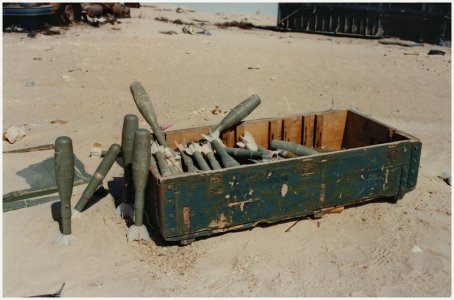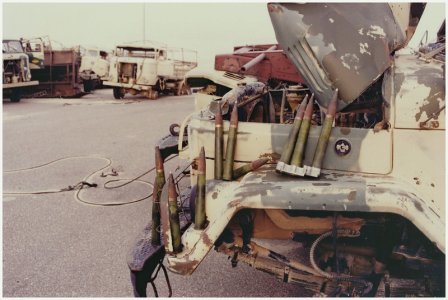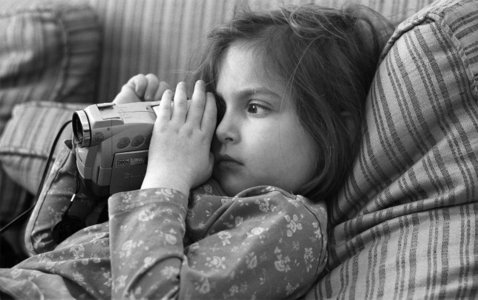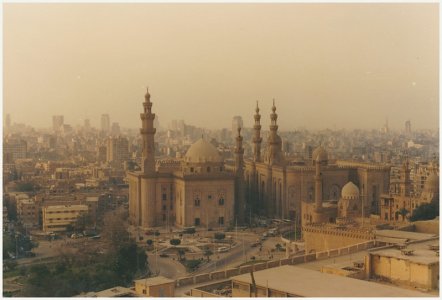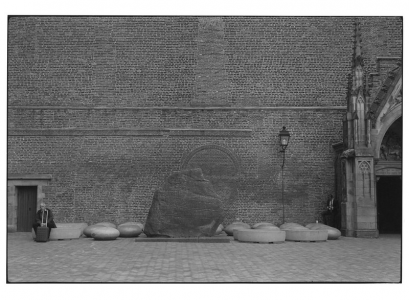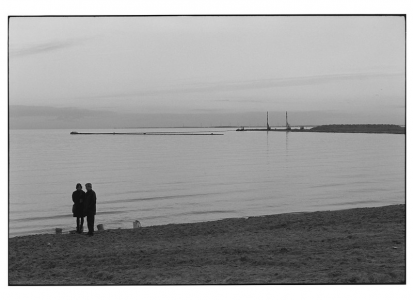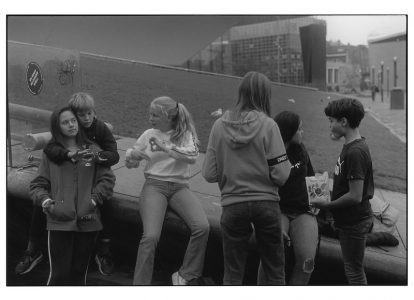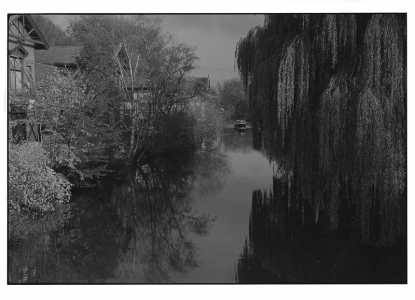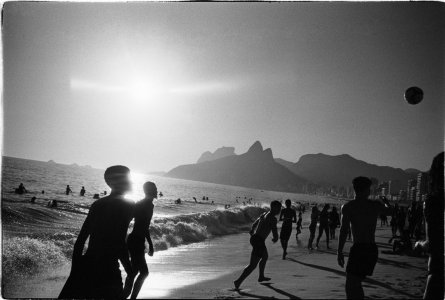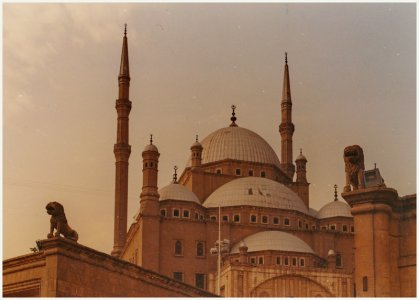Out to Lunch
Menteur
Slumgullion
Established
One of these days I'll figure out how to make Ektachrome E100 look ok (the pronounced color cast of the film is...unusual).
 No Clos Radio by Jim Fischer, on Flickr
No Clos Radio by Jim Fischer, on Flickr
Nikon F6, Nikkor 80-200 f/4 ai-s, Kodak Ektachrome E100.
 No Clos Radio by Jim Fischer, on Flickr
No Clos Radio by Jim Fischer, on Flickr
Nikon F6, Nikkor 80-200 f/4 ai-s, Kodak Ektachrome E100.
 Bud Break by Jim Fischer, on Flickr
Bud Break by Jim Fischer, on Flickr
Nikon F6, Micro-Nikkor 55mm f/3.5, Kodak Ektachrome E100.
 No Clos Radio by Jim Fischer, on Flickr
No Clos Radio by Jim Fischer, on FlickrNikon F6, Nikkor 80-200 f/4 ai-s, Kodak Ektachrome E100.
 No Clos Radio by Jim Fischer, on Flickr
No Clos Radio by Jim Fischer, on FlickrNikon F6, Nikkor 80-200 f/4 ai-s, Kodak Ektachrome E100.
 Bud Break by Jim Fischer, on Flickr
Bud Break by Jim Fischer, on FlickrNikon F6, Micro-Nikkor 55mm f/3.5, Kodak Ektachrome E100.
Benjamin Marks
Mentor
Out to Lunch
Menteur
Retro-Grouch
Well-known
I completely agree with you about E100's idiosyncrasies. I switched to E100 from Fuji's offerings when they became essentially unavailable, and I'm still learning how to beat it into submission. Most of my shooting is in the Southwest, at or above 7,000 feet, so the blue cast is a real problem. Much of the time, I shoot with an 81B filter, something I only rarely did with Fuji films, and only in the evening. Also, I recently read that cr-56 chemistry, if used to process Fuji films at the same time as E100, can lead to color shifts due to processing residues from the Fuji films. I don't know how true this might be, but I want to do further research.One of these days I'll figure out how to make Ektachrome E100 look ok (the pronounced color cast of the film is...unusual).
No Clos Radio by Jim Fischer, on Flickr
Nikon F6, Nikkor 80-200 f/4 ai-s, Kodak Ektachrome E100.
No Clos Radio by Jim Fischer, on Flickr
Nikon F6, Nikkor 80-200 f/4 ai-s, Kodak Ektachrome E100.
Bud Break by Jim Fischer, on Flickr
Nikon F6, Micro-Nikkor 55mm f/3.5, Kodak Ektachrome E100.
Erik van Straten
Mentor
Freakscene
Obscure member
CR-56 is just Fuji’s name for a process identical to E-6. Kodak owns (owned?) the E-6 name. Mixing Kodak and Fuji E-6 films does (did?) not cause colour shifts. Some films did cause the chemistry to exhaust more quickly, and labs that worked assuming that X litres of chemistry will develop Y rolls of film rather than measuring colour shifts and development activity could run into trouble with colour accuracy and slide permanence if a run was heavily biased to a film type that used more chemistry.Also, I recently read that cr-56 chemistry, if used to process Fuji films at the same time as E100, can lead to color shifts due to processing residues from the Fuji films. I don't know how true this might be, but I want to do further research.
Marty
yossi
Well-known
Bukit Timah Truss Bridge, SG.

Leica M3/RS Elmar 5cm. Ilford Delta 400 developed in XTOL. Coolscan 9000ED. (Cropped.)

Leica M3/RS Elmar 5cm. Ilford Delta 400 developed in XTOL. Coolscan 9000ED. (Cropped.)
Erik van Straten
Mentor
Retro-Grouch
Well-known
That sounds logical. Could it be that labs had standardized on the exhaustion rates for Fuji films, since they had become the de facto industry standard for color transparency work?CR-56 is just Fuji’s name for a process identical to E-6. Kodak owns (owned?) the E-6 name. Mixing Kodak and Fuji E-6 films does (did?) not cause colour shifts. Some films did cause the chemistry to exhaust more quickly, and labs that worked assuming that X litres of chemistry will develop Y rolls of film rather than measuring colour shifts and development activity could run into trouble with colour accuracy and slide permanence if a run was heavily biased to a film type that used more chemistry.
Marty
All in all, I think that what slumgullion and I are both noting is a very different response to certain light conditions, compared to Fuji's offerings. Light that would give me magical results with Velvia gives me awful results with E100 (particularly evening light or heavy overcast). Flesh tones in sunlight, on the other hand, blow Velvia out of the water. E100 is a different tool, and one that I'm still learning to use, but it's also showing me how easy it is to get locked into a predictable pattern of responses to the visual world. As film photography's options have become more constricted, we film photographers (particularly transparency shooters) have had to adapt to the new realities and become more flexible. Kodachrome went away; Velvia 100 went away (and probably all Fuji slide films; no one seems sure), and now E100 is of necessity the film of choice. There's nothing to do but go with the flow!
Freakscene
Obscure member
That sounds logical. Could it be that labs had standardized on the exhaustion rates for Fuji films, since they had become the de facto industry standard for color transparency work?
Labs normally received information on chemistry capacity from their supplier, so it would depend on whose chemistry they bought. Suppliers inevitably based recommendations on their own film. Several aspects of E-6 were always tricky. The 6 bath ‘full’ E-6 gave the best control, but a lot of labs do use the 4 bath chemistry.
All in all, I think that what slumgullion and I are both noting is a very different response to certain light conditions, compared to Fuji's offerings. Light that would give me magical results with Velvia gives me awful results with E100 (particularly evening light or heavy overcast). Flesh tones in sunlight, on the other hand, blow Velvia out of the water. E100 is a different tool, and one that I'm still learning to use, but it's also showing me how easy it is to get locked into a predictable pattern of responses to the visual world. As film photography's options have become more constricted, we film photographers (particularly transparency shooters) have had to adapt to the new realities and become more flexible. Kodachrome went away; Velvia 100 went away (and probably all Fuji slide films; no one seems sure), and now E100 is of necessity the film of choice. There's nothing to do but go with the flow!
Absolutely, E100 is the way to go. I still have some bulk rolls of EPP frozen somewhere. No-one seems to have any idea what Fuji is doing, except that they generally tell users after they have done it.
Sticking with transparency film in 2024 seems brave and expensive, but I hardly do any colour work for myself.
Erik van Straten
Mentor
Erik van Straten
Mentor
raphaellehnen
Newbie
Out to Lunch
Menteur
karlin
Well-known
Share:
-
This site uses cookies to help personalise content, tailor your experience and to keep you logged in if you register.
By continuing to use this site, you are consenting to our use of cookies.


